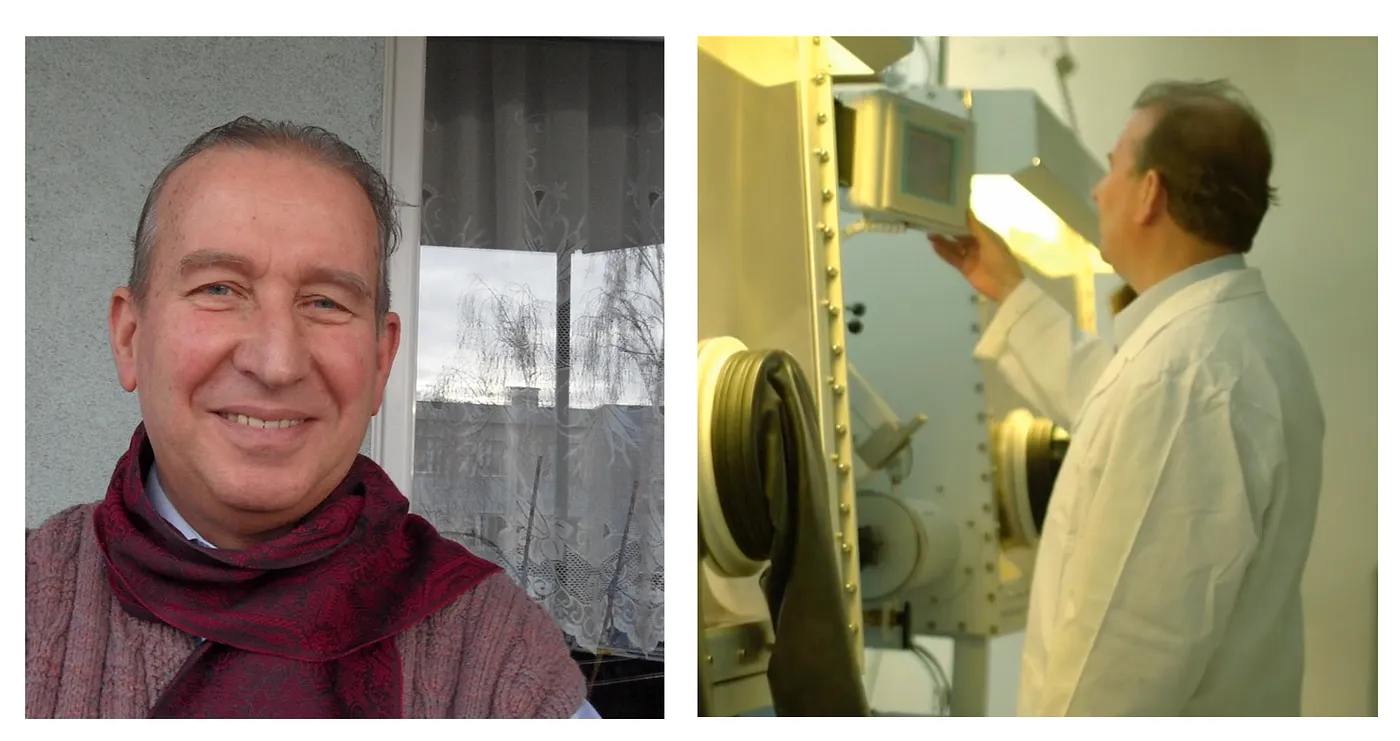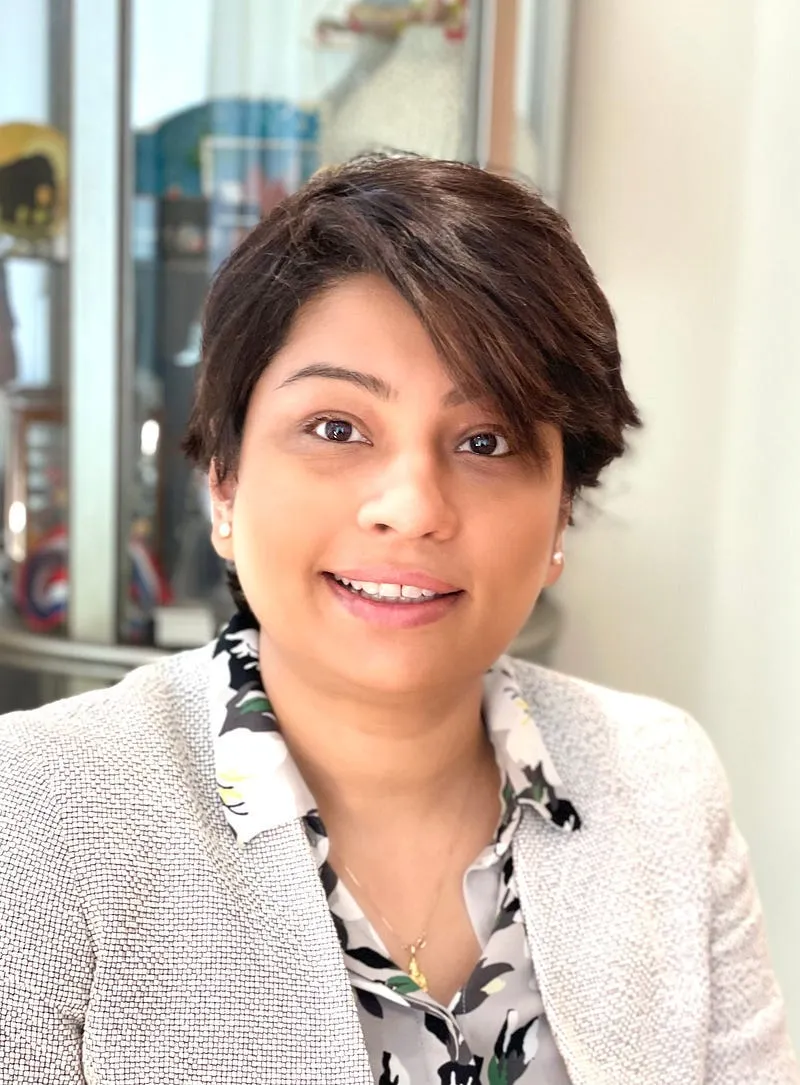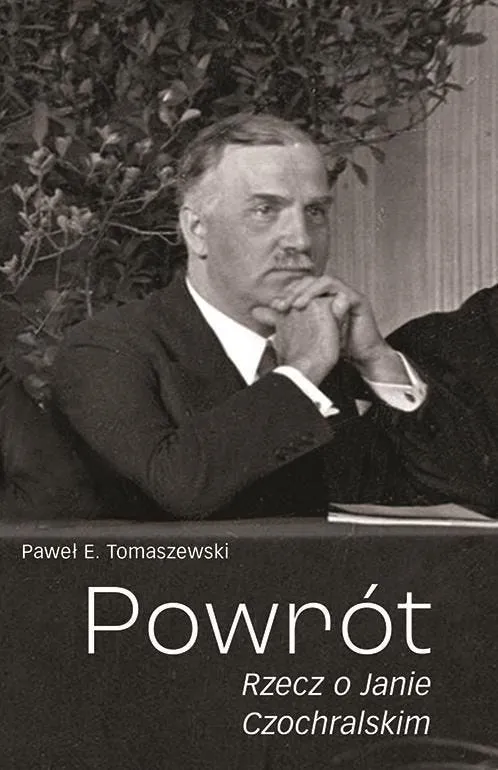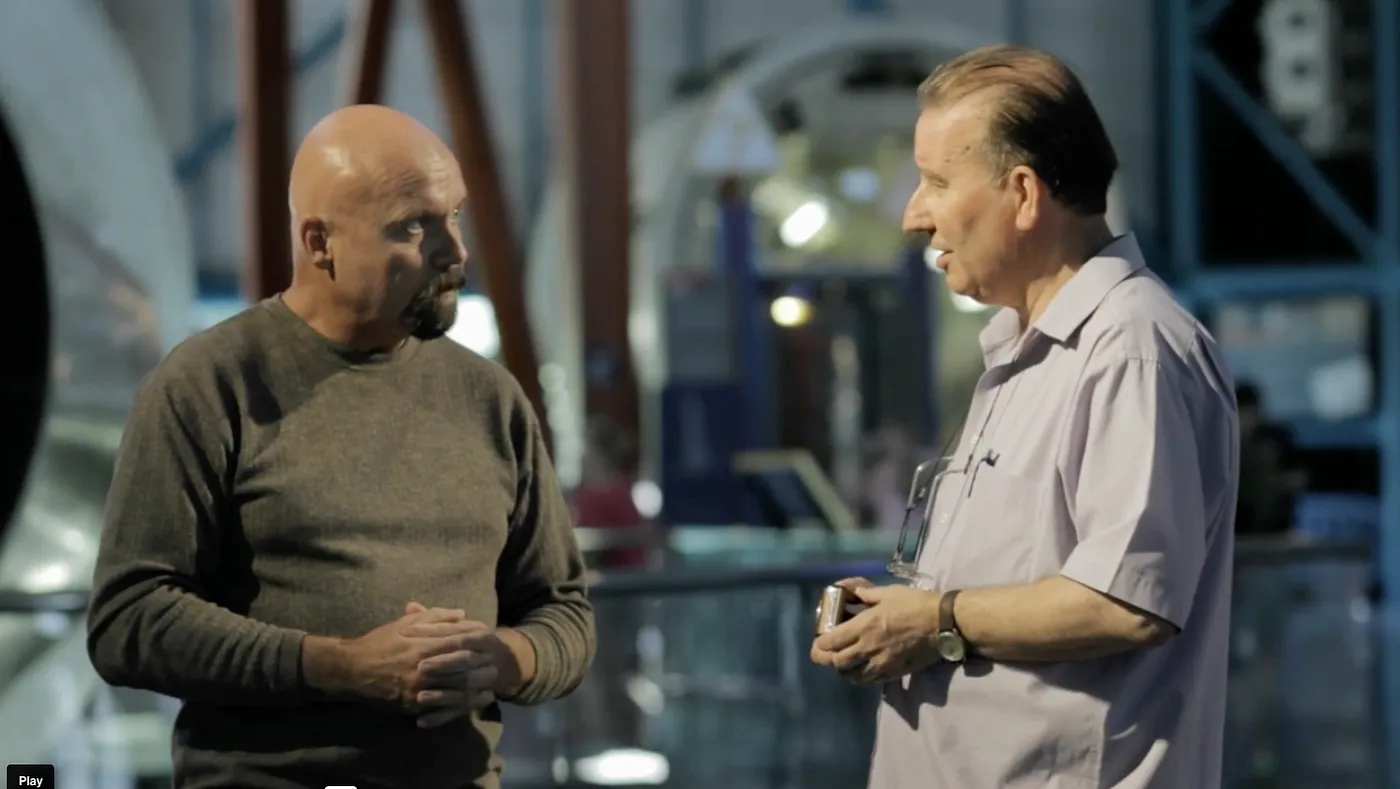
Official Website of JAN CZOCHRALSKI, Forefather of The Silicon Era
Fred Schmidt didn’t grow up celebrating his Polish heritage. When he emigrated to America as a young boy, he learned quickly that blending in was easier than holding on. His mother spoke of a brilliant grandfather — a chemist named Jan Czochralski who had changed the world — but Fred dismissed most of it. The stories sounded too grand, too improbable in the context of their meager existence in blue collar Detroit in the 1960s, and he had little interest in digging into a past he’d spent years trying to forget.
It wasn’t just skepticism. It was self-protection. “I repressed my Polish identity,” Schmidt says. “I assumed much of what I was told was family myth. And I chose not to engage — for decades.”
That began to change in 2014 when a documentary film brought Czochralski’s story back into focus. Czochralski’s discovery in 1916 of a method for growing silicon crystal in a lab is the foundation of the technology that today surrounds our lives — from laptops and mobile phones, to spaceships and satellites. It all depends on his eponymous “Czochralski method.”
In the words of Srabanti Chowdhury, a professor of electrical engineering at Stanford University, Schmidt’s grandfather was, “without question, one of the most consequential scientific minds in history.”
Suddenly, Schmidt found himself reckoning with the legacy he’d spent his life ignoring. He began researching, reading, and slowly reconstructing a history that had always been there, waiting for him.
And as he did, something remarkable happened: the work of a man he had known about for most of his life — a fellow Pole, scientist, and tireless chronicler of Jan Czochralski’s contributions — emerged with new clarity and urgency. Dr. Pawel Tomaszewski had spent four decades safeguarding the legacy that Schmidt was only just beginning to confront.
“Here I was, finally immersing myself in the world of my grandfather — discovering how deeply he changed our world — and Pawel Tomaszewski had already been there for 40 years,” Schmidt says. “He and his work didn’t just inform me — they challenged me, and ultimately called me back to my own roots.”

Tomaszewski, a physicist who specializes in crystallography at the Polish Academy of Sciences in Wroclaw, had even written a 300-page biography of Czochralski in Polish. “I was so grateful, because [he] had already planted the seeds — at least in Poland — to tell Jan Czochralski’s story, one that had been buried for decades, to the world,” Schmidt says.
“Czochralski was born in Wielkopolska, a part of Poland that in the late 19th century was under Prussian/German occupation,” Tomaszewski explains. “I also come from Wielkopolska, and many elements of Czochralski’s story are close to me because my ancestors had similar problems or life situations. I could therefore better understand Czochralski’s choices and attitude in such different periods in which he had to live and work: the partition period, World War I, the period of independent Poland, World War II, and the period of Communist Poland after the war.”
“Jan Czochralski was, without question, one of the most consequential scientific minds in history,” Srabanti Chowdhury, professor of electrical engineering, Stanford University.
In the mid-1980s, when Poland was chosen to host the 10th European Crystallographic Meeting in Wroclaw, Tomaszewski’s boss decided it presented a unique opportunity to show the world who Czochralski was — a man who had even become an obscurity in the national story of his home country.

“I knew it was necessary to undertake arduous detective work,” Tomaszewski says; nearly sixty years of postwar silence had all-but buried Czochralski’s legacy. In the aftermath of World War II, rumors and political bias branded him a traitor and a German collaborator, casting a long shadow over his name. As a result, Polish schools taught nothing about him, and the scientific community largely ignored his contributions.
Tomaszewski, tasked with peeling back the layers of his story, found himself starting almost from scratch, embarking on a kind of historical forensic work. Much of the critical evidence lay in German archives — Czochralski had spent two-thirds of his professional life in German industry and had even attracted the attention of German secret services. Yet, slowly, the truth began to emerge and Tomaszewski would write hundreds of pages over the last 20 years exploring Czochralski’s history. In addition to writing an initial 90-page book on the scientist and his method in 2003, he authored a more comprehensive 300-page biography, also in Polish, published in 2012, and then an English version, “Jan Czochralski. Restored,” in 2013. Finally, in 2021 came the magnum opus titled “Powrot. Rzecz o Janie Czochralskim” — albeit only in Polish for now — a 680-page hardcover filled with history and photos which firmly solidified Tomaszewski’s rightful place as Czochralski’s official biographer.
Tomaszewski also participated in several films on the scientist and petitioned the Polish government and academic communities to recognize his achievements.
Tomaszewski quickly realized the story was a cinematic tale of genius, resilience, and sacrifice. Czochralski’s discovery came about after he accidentally dipped his quill pen in a well of molten tin instead of ink and found that, on removing it, the nib had produced a single crystal. Although the first transistors and integrated circuits emerged just before his death in 1953, Czochralski never got to see the incredible innovations that would rely on his method. He also wasn’t aware of the work actively being done in the United States to incorporate his process into rapidly advancing technologies because he was isolated in the small town in Western Poland where he would live out his remaining years in obscurity, far from the global stages he had previously commanded prior to the war.
Czochralski continued experimenting with his technique for years, refining it and publishing papers on it, but he never lived to see it incorporated into integrated circuits and silicon chips.
A semiconductor is a material that can both conduct electricity and insulate from it, making it ideal for controlling electrical currents. And producing it relies on that single, pure, silicon crystal that Czochralski inadvertently managed to create in his lab. Over the next 50 years, scientists and engineers refined the process which became essential to producing the ultrapure silicon wafers used in microchips; the tiny circuits that carry out computation and form the backbone of all modern electronics.
“His elegant crystallization process remains the foundation upon which so much of our world stands,” Pat Gelsinger, former CEO and CTO of Intel.
The Czochralski Method was simple, reliable, and cost-effective. And it was a gamechanger. Today, whether we’re using advanced software to design skyscrapers, talking to ChatGPT on our phones, sending astronauts to the International Space Station, or adjusting the temperature with a smart thermostat, we’re relying on microchips made possible by the process he pioneered.

“It became the basis for a revolutionary transformation not only of electron technology but also of the entire world — our civilization,” Tomaszewski says. “It is hard to imagine a world without mobile phones, personal computers and all semiconductor electronics. We owe all this to Jan Czochralski, a boy from a small town in Poland.
“But,” he says, “large corporations producing silicon and silicon wafers for electronics, and companies using electronics based on silicon, know nothing about Czochralski. I am afraid that even in Silicon Valley it is difficult to find many people who know Czochralski’s achievements. And yet without them there would be no Valley! He is one of the fathers of modern civilization.”
Stanford University electrical engineering professor Srabanti Chowdhury says The Czochralski process was not only reproducible, and scalable, but also remarkably cost-effective — “transforming the material, often regarded as a rather mediocre semiconductor, into the cornerstone of modern technology. His invention was monumental, and the enduring impact of his work remains unparalleled,” she says.
Pat Gelsinger, former CEO and CTO of Intel, agrees that the semiconductor industry as we know it wouldn’t exist without Czochralski’s pioneering work. “His elegant crystallization process remains the foundation upon which so much of our world stands,” Gelsinger, who is a Stanford educated engineer and inventor of the Intel 486 (i486) microprocessor, said. “We owe an immeasurable debt to this visionary scientist whose discovery over a century ago still enables incredible technological breakthroughs.”

Francisco Maya, a senior process engineer at Intel, understands that we have access to technological achievements like computers, smartphones, and other electronic devices thanks to Czochralski. “[His method] is currently used to obtain silicon monocrystals, the basis for the production of our microprocessors. Despite lacking a high school diploma, Czochralski became one of the most important inventors of our time,” Maya says. “Smart ideas and innovation — breakthrough technologies — can emerge from curiosity, ingenuity, and experiment. A lot of wonderful ideas, projects, and designs are born from experimentation, and so we keep experimenting with Czochralski’s perspective.”
It’s Czochralski’s remarkable journey, from accidental discovery in his laboratory to seeing that technology power our mobile phones and spaceships, that led Fred Schmidt to want the world to know about his grandfather’s work.Schmidt was born Klemens Jan Borys Czochralski, son of Czochralski’s youngest daughter, Cecylia. He and Cecylia fled Poland as political refugees, landing in a Polish enclave of Detroit after being granted asylum by President Dwight D. Eisenhower. Schmidt later built a career in tech, as part of the executive teams of multiple video game companies across the U.S. and Europe — a fitting twist for the descendant of a man whose legacy helped launch the silicon age.
Schmidt met Tomaszewski when the latter flew to Florida with a film crew to work on a Polish TV documentary about Czochralski. A decade after that, Schmidt began to formulate what he might do to help amplify the story further with an ambitious program in mind dubbed “The JanCZ Project.” The project, which would finally cement his grandfather’s legacy, would encompass funding and championing a feature film and documentaries, a website, books, scholarships, and even a history center housed in Czochralski’s last Polish home — the house Schmidt himself grew up in. He also realized that Tomaszewski, too, deserved his day in the sun.

“Dr. Pawel Tomaszewski has dedicated over 40 years of his professional life to the research and story telling in support of my grandfather. That is dedication far beyond the pale. I’ve long called him “The Honorary Czochralski” — a better and more dedicated Czochralski family member than any of the rest of us who carry the name or DNA.
“I realized that I had two stories to tell,” Schmidt says. “One of my heroic grandfather who discovered the method to produce single crystals that led to all the computing power we have today, and the other of Tomaszewski who had an unwavering devotion to learn everything he could about my grandfather and campaign for his recognition in Poland.”
Working with Schmidt and Tomaszewski on The JanCZ Project is Czochralski’s great nephew, Sylwester Czochralski, who works in finance for a Danish tech company in Warsaw.
While many of the stories in Tomaszewski’s writings centered on Czochralski’s life under German occupation in Poland and, later, oppression under the Soviets there, Tomaszewski also recounts the path that his invention took to playing a dominant role in technology.
"Even in Silicon Valley it is difficult to find many people who know Czochralski’s achievements. And yet without them there would be no Valley!” — Dr. Pawel Tomaszewski
Tomaszewski’s work uncovered more than just Czochralski’s role in the computer age. He found that the Polish physicist also patented “metal B,” an alloy that allowed faster and safer railway travel. He built a radio microscope, the predecessor to today’s scanning microscopes. From what has thus far been uncovered, Czochralski published over 100 scientific papers and filed about 20 patents. But there is still more research to be done in German archives, and in the cities of Berlin and Frankfurt am Main — where his most important scientific achievements were being realized between 1910 and 1928.
Another offshoot of the Czochralski method has been an entire industry developed around synthetic gems: Thanks to Czochralski, scientists can “grow” perfect crystals in a lab by slowly pulling them from melted minerals. That breakthrough sparked a booming, multi-billion-dollar industry in flawless, lab-made jewels like sapphires and rubies.
“He developed a recipe for shoe polish and a remedy for colds!” Tomaszewski says. “He was not just a scientist, a metal expert, and a pharmacist. He wrote poems and novels; he was involved in photography. He and his wife regularly convened classical music house concerts and collected the works of acclaimed artists. He was fully a renaissance man.”

Tomaszewski is enthusiastic about The JanCZ Project and hopes that it will finally mean more of the world will learn about Czochralski’s pivotal work. “I have been researching Czochralski for 40 years and it is difficult to choose one significant fragment from his biography,” Tomaszewski says. “That’s why in my publications I have tried to show the richness of his life in those breakthrough years of enormous development of science and technology. It’s not enough to only know him from a short note in an encyclopedia.”
“Ever since finally meeting Dr. Tomaszweski and corresponding with him over this last decade in an intentionally curious and focused manner for the first time in my life,” Schmidt says, “I realized that I owe him everything about the understanding of my own life and history, thanks to his endurance and tenacity.
“It’s going to be so fulfilling for both of us to realize the dream of JanCZ’s story launched around the world,” Schmidt says, “and to keep discovering new stories to explore as more previously unknown facts and data keep surfacing.”